Research on Application of Laser Quenching of Industrial Robots on Automobile Moulds
DOI: 10.23977/jemm.2019.41002 | Downloads: 38 | Views: 3018
Author(s)
Xuanlin Mi 1, Baozheng Li 2
Affiliation(s)
1 School of Mechanical Engineering, Tianjin University of Technology and Education, Tianjin 300202, China
2 School ofMechanical Engineering, Guangyuan China Nuclear Vocational and Technical College, Guangyuan 628000, China
Corresponding Author
Baozheng LiABSTRACT
This paper starts from the practical application requirements of laser quenching of industrial robot molds. For the characteristics of large size, diverse products and complex shapes of automobile molds, industrial robots equipped with additional lasers are used as flexible hardware devices for induction hardening of automobile molds. An effective laser quenching robot path planning method is proposed based on engineering realization. The method effectively uses the additional laser quenching robot working space on the automobile mold, and can optimize the posture of the robot by using a redundant degree of freedom provided by the additional linear joint, thereby avoiding the robot reaching the joint limit or the singular configuration.
KEYWORDS
Laser quenching, Automotive mold, Industrial robotCITE THIS PAPER
Xuanlin Mi, Baozheng Li, Research on Application of Laser Quenching of Industrial Robots on Automobile Moulds. Journal of Engineering Mechanics and Machinery (2019) Vol. 4: 29-35. DOI: http://dx.doi.org/10.23977/jemm.2019.41002.
REFERENCES
[1] Zhu Xikun, Li Minghui. Mold Design with Fixed Die Pushing Mechanism. Die & Mould Industry, Vol. 5 (2017) No. 23, p.126-129.
[2] Gu Zhenyu. Status and trends of global industrial robot industry. Mechatronics, Vol. 9 (2016) No. 39, p.269-271.
[3] Zhao Chen, Wang Gang. Research Report on the Status Quo of Industrial Robot Industry Development in China. Robotics Technology and Application, Vol. 10 (2018) No. 25, p.16-19.
[4] Yang Xia, Li Hualiang, Zhang Xiangming, et al. Application of Six Degrees of Freedom Parallel Mechanism in Laser Processing. Machinery Manufacturing, Vol. 3 (2017) No. 19, p.34-35.
[5] Zhang Haiming, Yang Chuangchen, Gao Gui. Three-dimensional reconstruction of the shape of the parts to be processed by laser remanufacturing robots. China Laser, Vol. 12 (2018) No. 26, p.361-365.
| Downloads: | 11121 |
|---|---|
| Visits: | 422981 |
Sponsors, Associates, and Links
-
Cybernetics and Mechatronics
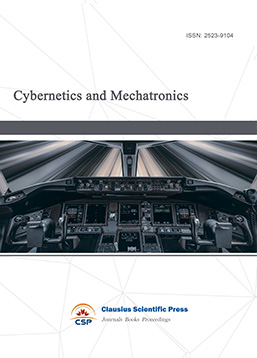
-
Digital Manufacturing and Process Management
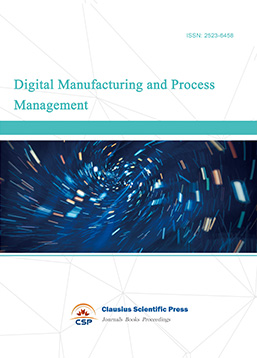
-
Ultra-Precision Machining Process
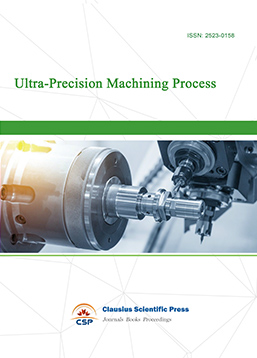
-
Journal of Robotics and Biomimetics
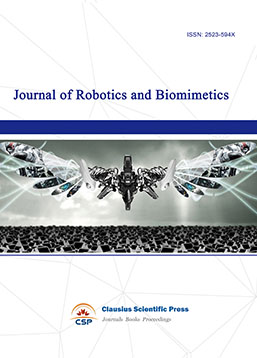
-
Prognostics, Diagnostics and Health Management

-
Micro-Electro-Mechanical Systems
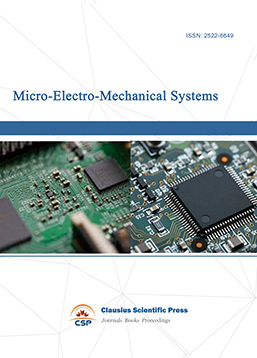
-
Journal of Precision Instrument and Machinery
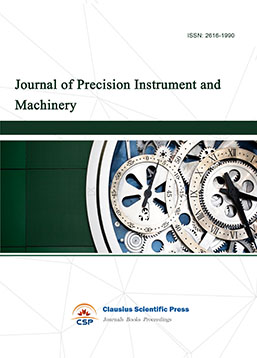
-
Engineering and Solid Mechanics
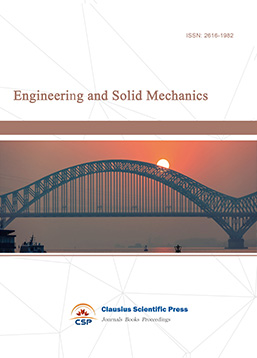
-
Fracture and Damage Mechanics
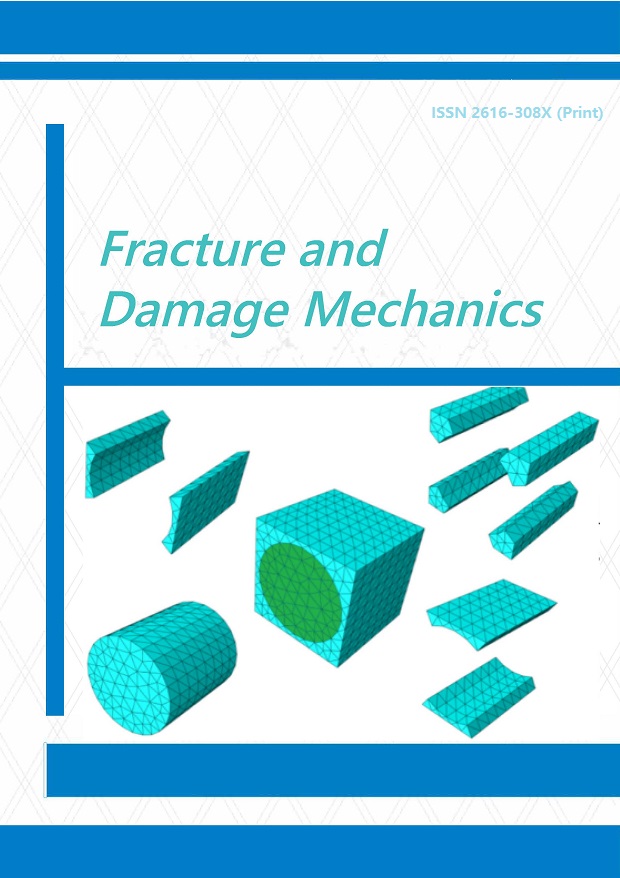
-
Frontiers in Tribology
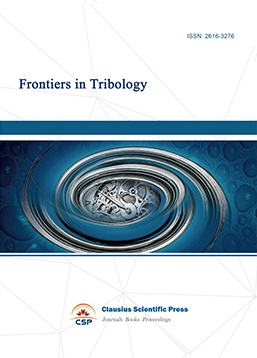
-
Fluid and Power Machinery
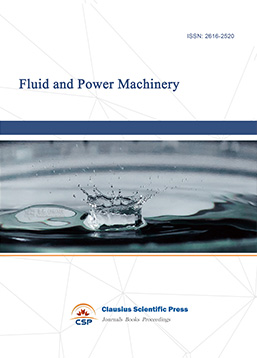
-
Chemical Process Equipment
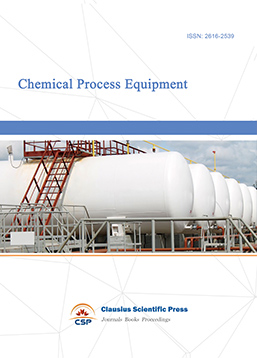
-
Journal of Assembly and Manufacturing
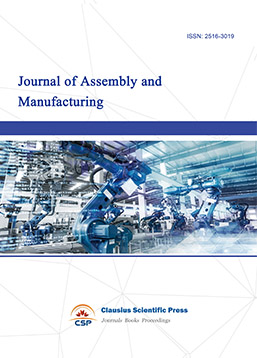
-
Mechanical Vibration and Noise
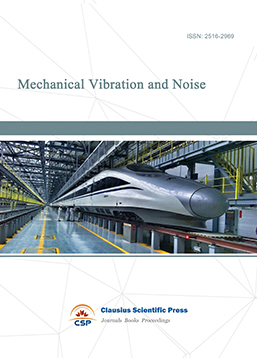

 Download as PDF
Download as PDF